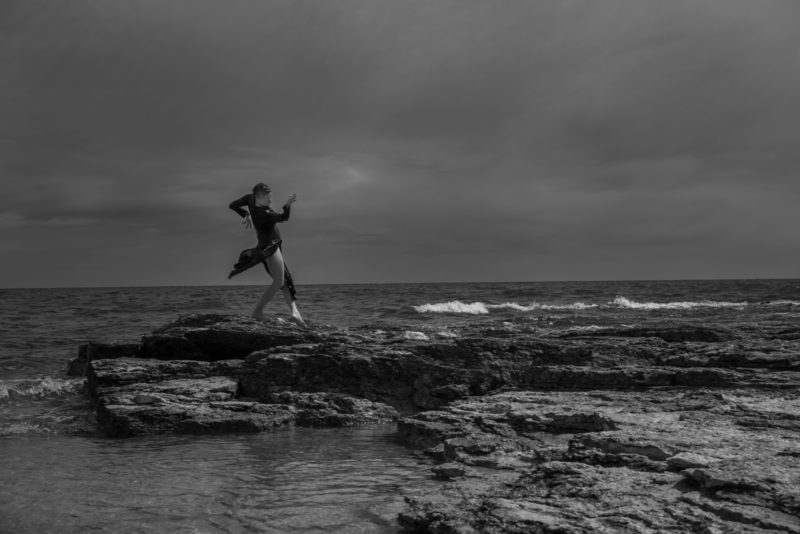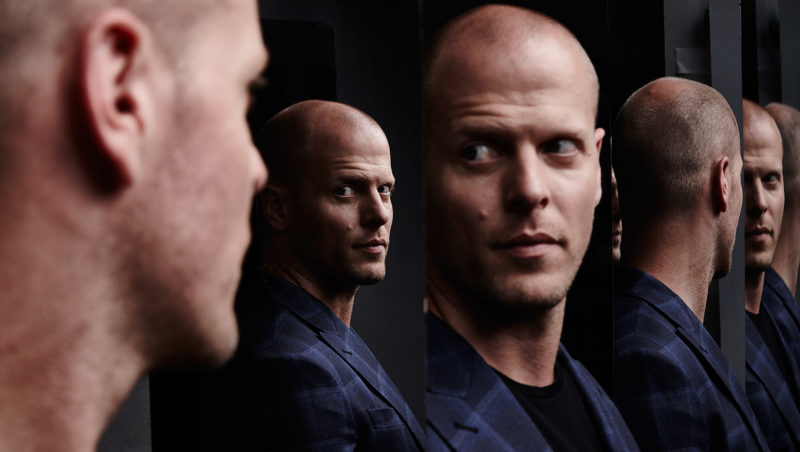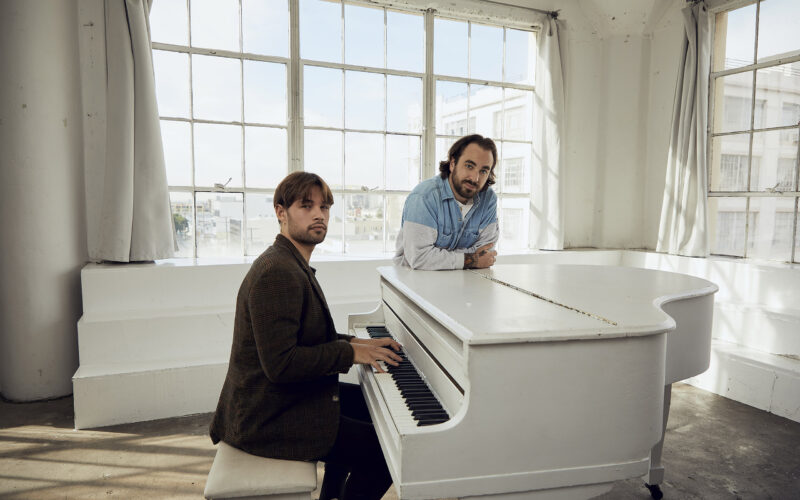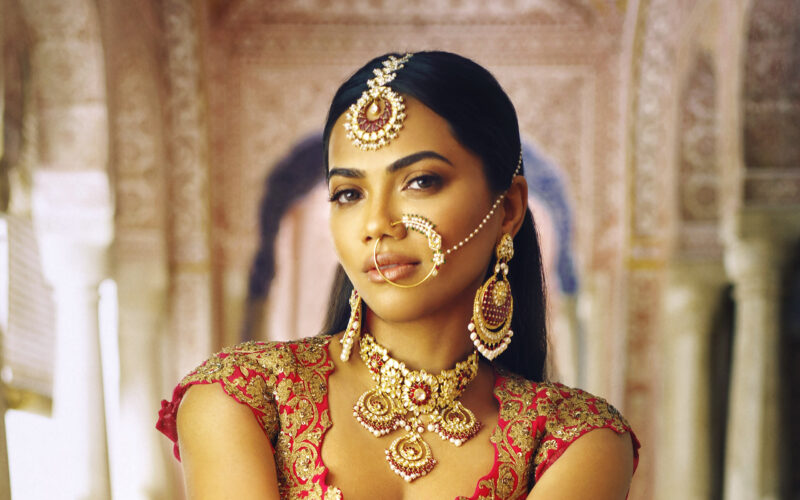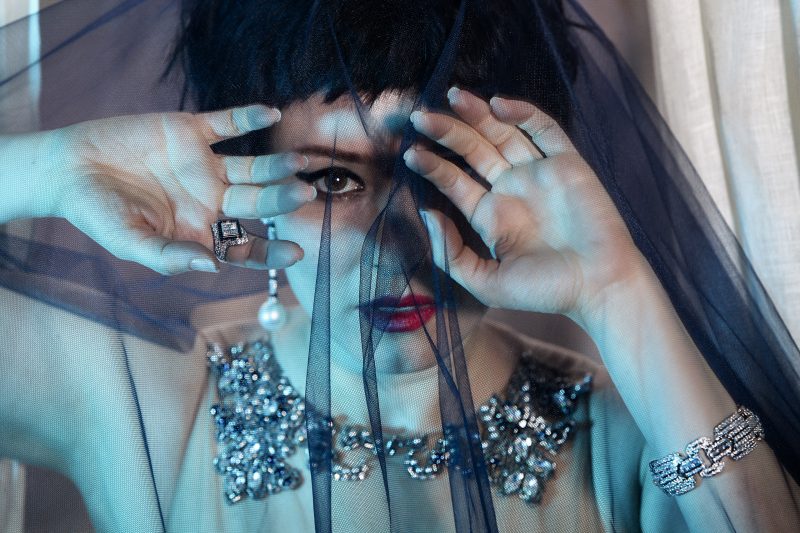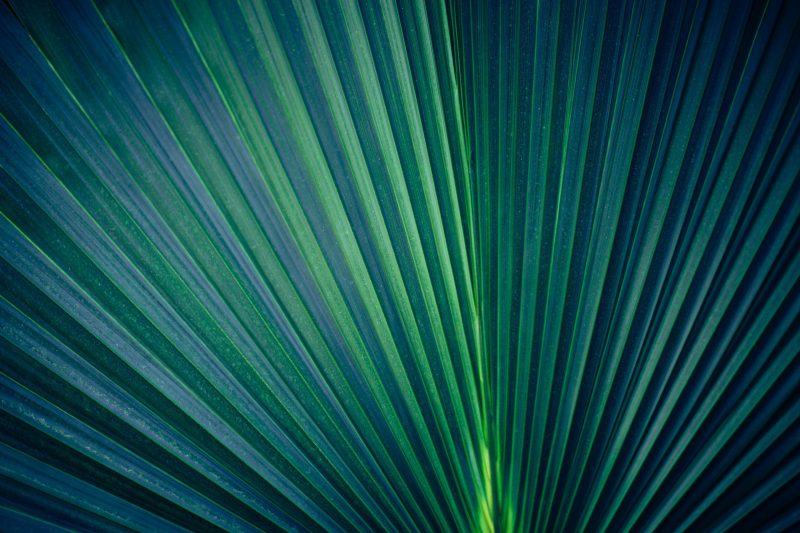YELENA DEYNEKO: What were some of your first creative impulses?
TORKIL GUDNASON: They derived from window displays and interiors. I started with a Bolex 8mm camera; I liked the smell of the film and did a lot of play in the wintry landscape. Later I assisted a great photographer in Copenhagen, Jørn Freddie, who had a style straight out of the movie Blow-Up by Antonioni.
YD: Was the field as competitive as it is now?
TG: Of course not; just a handful of special people creating their own studio universes, like discovering a secret world.
YD: What’s the most important part of your process?
TG: Every part adds up, and the birth of a dream or concept is always exciting. The printing is an important continuation of that.
YD: Do you have a different set of aesthetics for personal and commercial work?
TG: It’s the same inspiration and enthusiasm, but in commercial you need the backup of the client to succeed; in your own work you need freedom and time.
YD: Are there recurring themes in your personal work?
TG: It’s a reflection of aesthetics and fantasies, but I feel I come back to the same picture all the time. Nature is ever more important – the process of life is beautiful in all stages. Pure, simple visuals and form speak thousands of words not even worth mentioning here.
YD: What state of mind you are in when you pursue your vision?
TG: Fundamentally you become an extension of it and don’t think anymore. You let go and exist only in this moment, which is a happy moment, or at least is free of reality or worry.
YD: What’s more rewarding, the process or the results?
TG: The process is sometimes agonizing and painful. Over time the results usually are satisfying if you are honest in your efforts.
YD: You pursue beauty beyond individual likes or dislikes.
TG: It’s also way beyond the comfort zone because it doesn’t mean you’re happier, but you have to do it: You owe it to yourself. Someone said, “When you’re pursuing yourself so far out on another level, you better get used to the fact that you’re not gonna be normal anymore.” [chuckles]
This is sort of a departure from innocence, the happy days. But you get to another level and it’s good again. You break a mental barrier, hit another peak; then you enjoy the view from that perspective and say, “Wow, thank God I did it. It wasn’t easy, but it was necessary.”
YD: What’s a signature trait of your imagery?
TG: Visual simplicity.
YD: Do you have a muse?
TG: Great models in need of expressing themselves in front of the camera.
YD: How was your shoot with Mr. Universe, Calum von Moger?
TG: I was inspired. A year ago I came out of an illness and was very weak. I’d always said I was never, ever going into a room filled with weights, but I started working out and it was a revelation. Now I’m addicted and strong – I may not look it, but I feel it. So when Freddie Leiba called and said, “Do you mind taking portraits of a bodybuilder?” it was meant to be! As always, my references were the beauty of nature in plants and bodies in various forms: the perfection of imperfection.
YD: What elements go into a “perfect” photograph?
TG: Good timing and great talent.
YD: Is there anyplace you haven’t been that you’d like to visit?
TG: Wherever I am at any given moment. There’s nothing more intense than being in the now.

